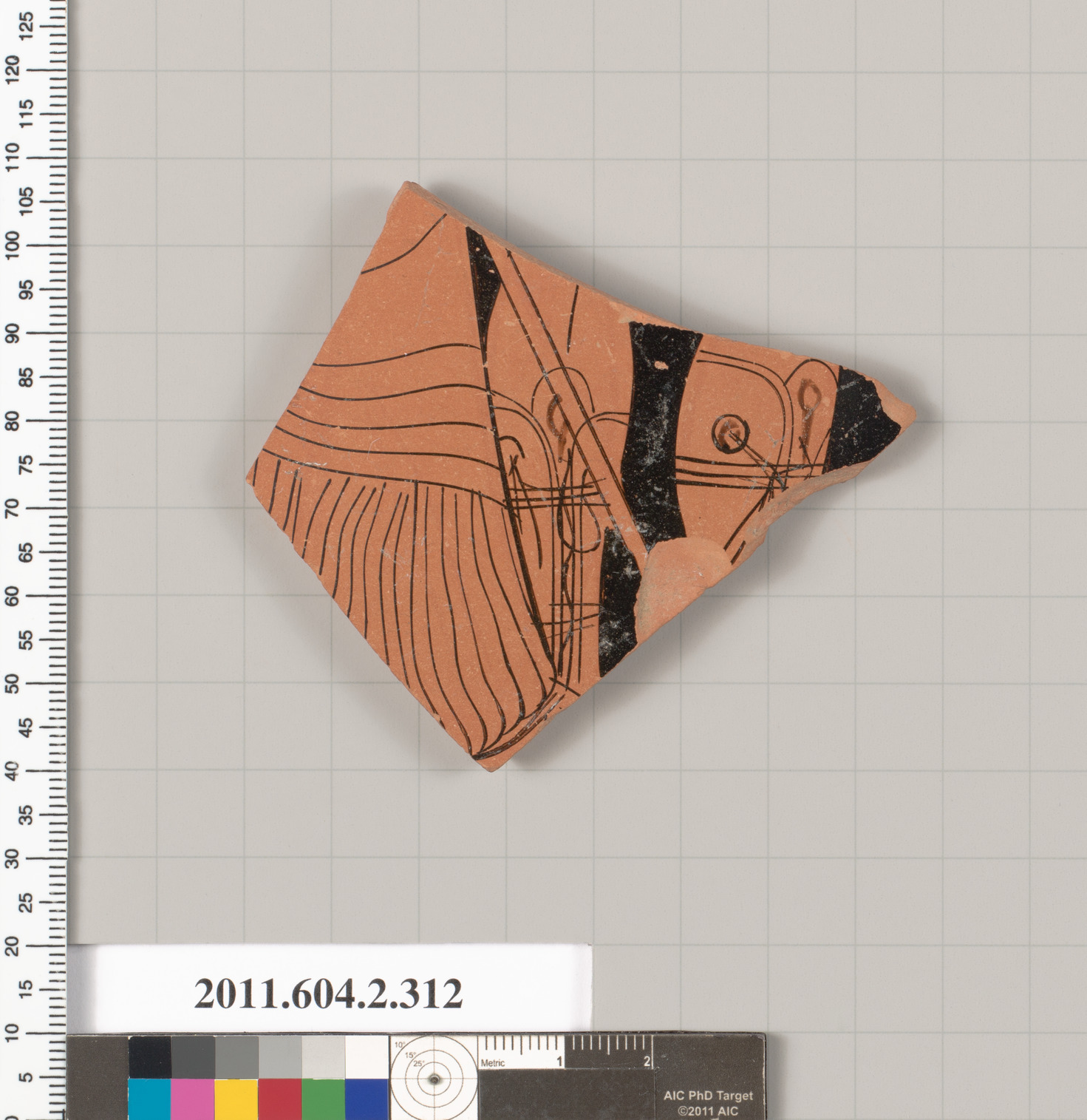
Is the drunken behaviour of the satyrs and the Obvious that the focus of the artists decoration Stand aloof from the festivities and it is Stands serenely clasping a vine, a piece of ivyĪnd a wine horn- his godly attributes. Mule and carrying a wine flask, while Dionysus

Satyrs- In Greek mythology, satyrs (Ancient.Shouting excitedly, engage in uncontrolled sexualīehavior, and ritualistically hunt down and tearĪnimals (and sometimes men and children) to State, they would lose all self-control, begin State of ecstatic frenzy, through a combination Maenads were portrayed as inspired by him into a Maenads- In Greek mythology, maenads were the.Gods, and he was worshipped in the manufacturingĪnd industrial centers of Greece, particularly in Technology, blacksmiths, craftsmen, artisans, Hephaestus(?fa?st?)- He was the god of.Well as the inspirer of ritual madness and Dionysus(?s?) god of theatre and wine as.The name of the shape is Column Krater.It was used for mixing wine and water, but not.It is 56.5cm tall.The potter is unknown.The painter was Lydos and it was created in 550BC.

It is undoubtedly the product of local workshops, which continued, even though with a more restricted shape repertory, during the early Hellenistic period as well. The distribution of the grey ware, the dating of which is often based on contextual finds imported from the Greek world, spreads from the shores fo the Black Sea to the western parts of the Maritsa/Evros Valley, and even to the regions on the north of this valley. The shape repertory includes bowls, cups and mugs, strainers and jugs, lekanae with vertical or horizontal handles, craters, table amphorae and possibly hydriae. In Halka Bunar the grey ware of the Classical period, as in many other neighbouring sites, it has been found within ritual or domestic pits, and it seems to develop in continuity with that of the Archaic period.

Based on the grey pottery from the site of Halka Bunar, municipality Bratya Daskalovi in the south-eastern Bulgaria, the present paper intends a general overview of this class of pottery in inner Thrace, known already since the Archaic period and with documented relations with the Aeolid and the area of the North Aegean Sea.


 0 kommentar(er)
0 kommentar(er)
